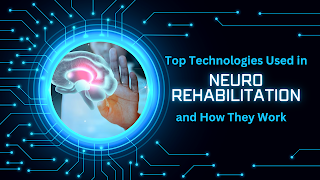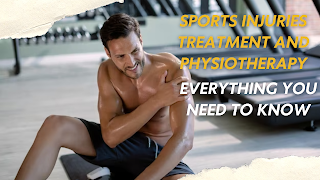How Laser Therapy is Helping Cancer Patients Recover
.png)
Introduction: Cancer treatment has come a long way in recent years, and one groundbreaking advancement that has significantly improved the lives of cancer patients is laser therapy. This non-invasive and painless treatment option has shown remarkable results in aiding cancer patients' recovery process. By harnessing the power of light , laser therapy offers numerous benefits, including pain reduction, enhanced wound healing, and improved overall well-being. In this blog post, we will explore the various ways laser therapy is making a difference in cancer patients' lives and why it is a promising treatment modality for the future. Targeted Treatment: Laser therapy works by delivering focused beams of light to specific areas of the body affected by cancer. Unlike traditional treatments such as chemotherapy or radiation, laser therapy can precisely target cancerous cells without harming surrounding healthy tissues. By adjusting the wavelength and intensity of the laser, medical pr


